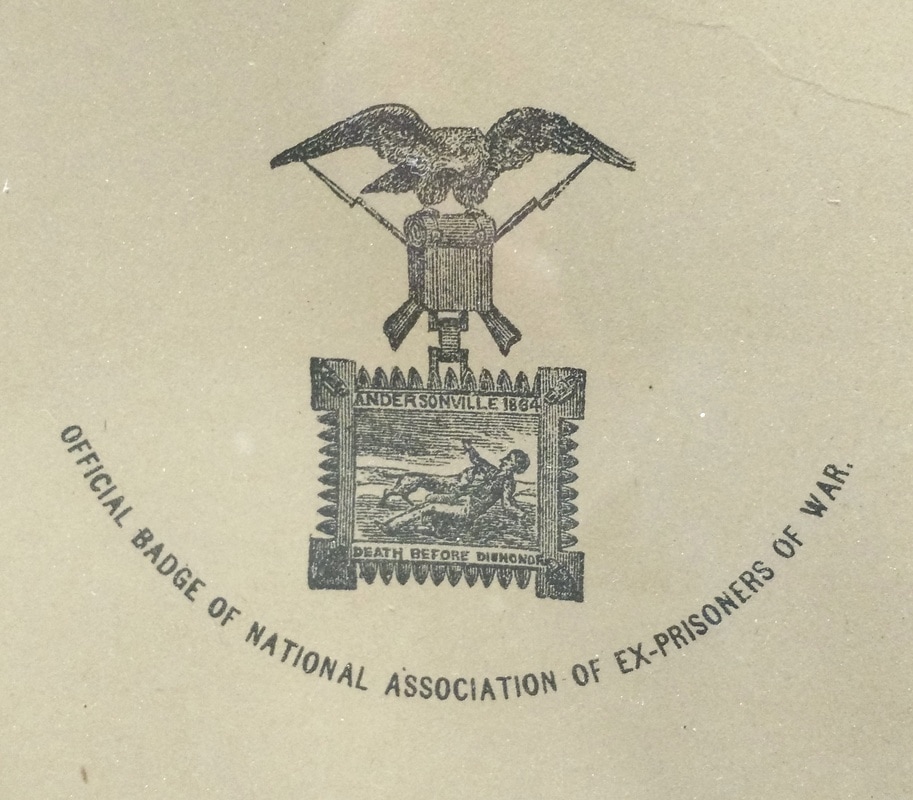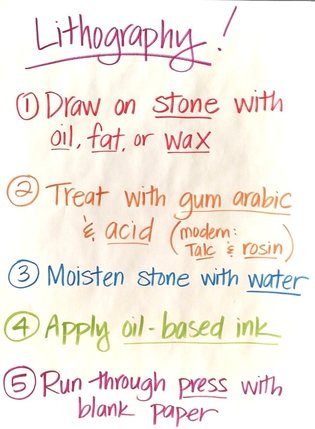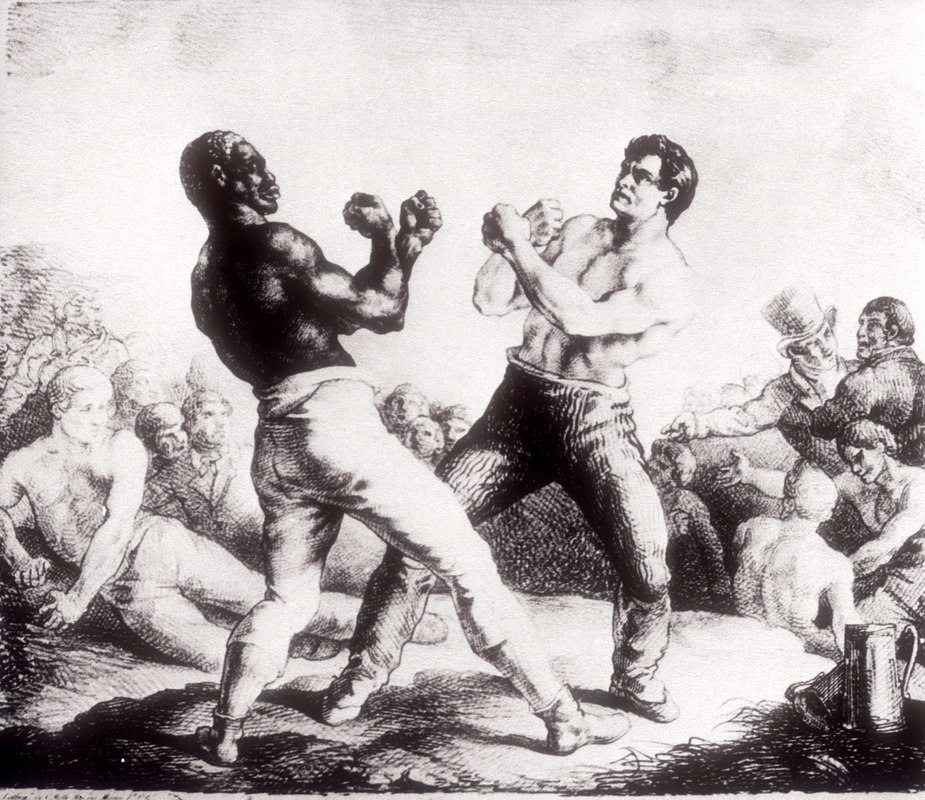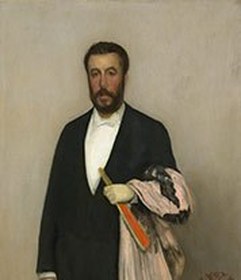Andersonville Prisoner of War Camp - Courtesy Clinton Historical
Full View
Books Found In the Saugus High School Learning Commons
|
Lithography was invented around 1796 in Germany by an otherwise unknown Bavarian playwright, Alois Senefelder, who accidentally discovered that he could duplicate his scripts by writing them in greasy crayon on slabs of limestone and then printing them with rolled-on ink. Because the local limestone retained so relentlessly any crayon marks applied to its surface, even after repeated inking and printing, lithographs (so called from the Latin for stone, litho, and mark, graph) could be printed in almost unlimited quantities.
Thanks to ease of production and economical distribution, it did not take long for lithography to find a broad range of applications in art and commerce. As a means of multiplying drawings, it was embraced by portraitists and illustrators, especially those associated with the popular press and it proved an effective means of graphic invention for many of the period’s greatest artists (Figure 1). Early in the century, Romantic painters such as Théodore Gericault (Figure 2) and Eugène Delacroix came to appreciate the shifts of tone that could be achieved with lithography: stirring, dramatic effects like those produced with charcoal or black chalk. Some of the Impressionists used the medium to capture fugitive effects of weather or light. James McNeill Whistler (Figure 3) [born in Lowell, MA], an American who made his career in Europe, used the medium to capture the subtle grays of a seascape veiled in fog and Edgar Degas explored the varied forms of natural and artificial lighting at night. Near the end of the nineteenth century, similarly artful manipulations of black and white characterized the work of Symbolists searching for the means to evoke the world of dreams and the unconscious. When improvements in printing technology made it possible to add color to lithography and increase the size of the printing base, commercial possibilities ballooned. Advertising was revolutionized in the 1880s and 1890s by the production of bright mural posters (Figure 4) and art collectors began to enjoy a greater range of offerings in color prints and illustrated books. Colta Ives Department of Drawings and Prints, The Metropolitan Museum of Art October 2004 |
Figure 1 - The Races (Les Courses,) Artist: Édouard Manet (French, Paris 1832–1883 Paris)
Figure 2 - Boxers, Artist: Théodore Gericault (French, Rouen 1791–1824 Paris)
Date: 1818 Figure 4 - Moulin Rouge: La Goulue, Artist: Henri de Toulouse-Lautrec (French, Albi 1864–1901 Saint-André-du-Bois), Printer: Affiches Américaines, Charles Lévy (Paris), Date: 1891
|
Citation
Ives, Colta. “Lithography in the Nineteenth Century.” In Heilbrunn Timeline of Art History. New York: The Metropolitan Museum of Art, 2000–. http://www.metmuseum.org/toah/hd/lith/hd_lith.htm (October 2004)
"Pressure + Ink: Lithography Process." YouTube, The Museum of Modern Art, 4 May 2011, www.youtube.com/watch?v=nUXDltQfqSA. Accessed 4 May 2017.
Ives, Colta. “Lithography in the Nineteenth Century.” In Heilbrunn Timeline of Art History. New York: The Metropolitan Museum of Art, 2000–. http://www.metmuseum.org/toah/hd/lith/hd_lith.htm (October 2004)
"Pressure + Ink: Lithography Process." YouTube, The Museum of Modern Art, 4 May 2011, www.youtube.com/watch?v=nUXDltQfqSA. Accessed 4 May 2017.











